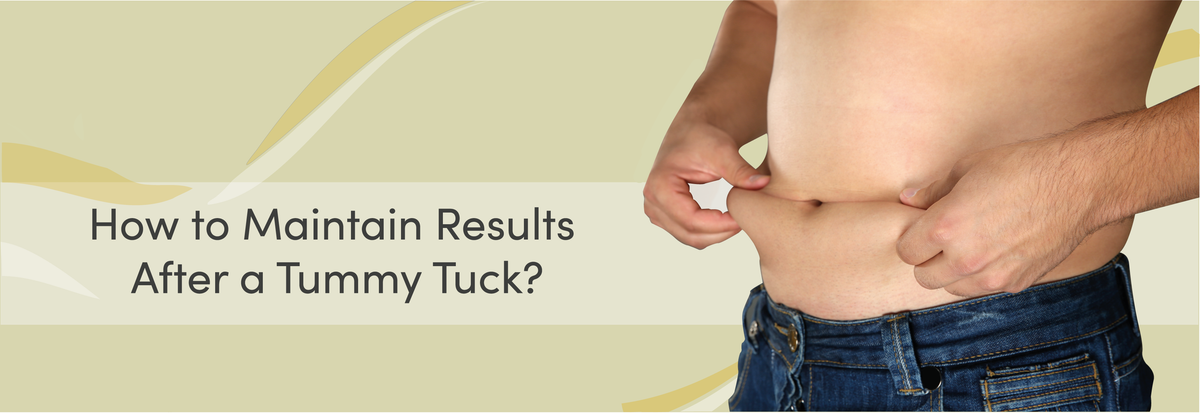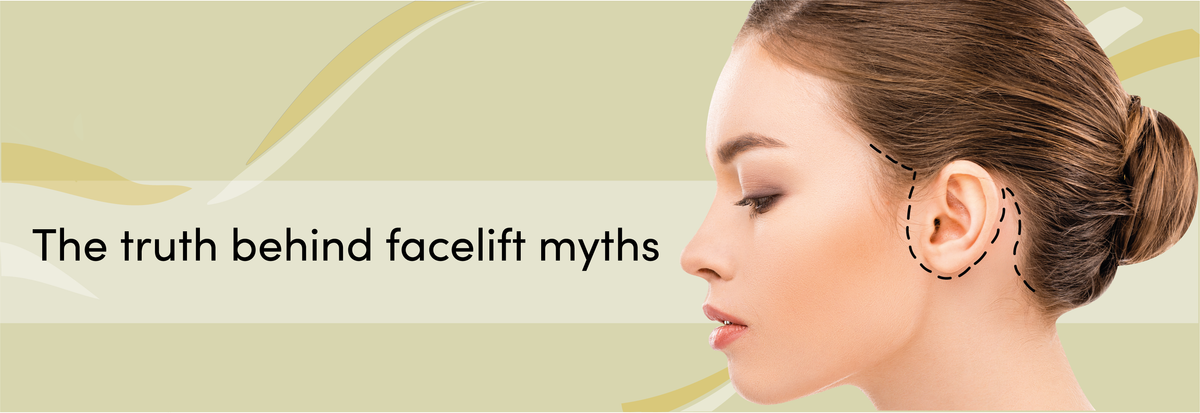7 domande da porsi prima di sottoporsi a un lifting

Dovrei fare un lifting?
Sottoporsi a un intervento di lifting è una decisione importante e la prima domanda che dovresti porti è: "Dovrei sottopormi a un lifting"?
Se ti guardi allo specchio e desideri avere una pelle dall'aspetto più giovane, potresti aver iniziato a pensare a tutte le possibili opzioni per rinvigorire il tuo aspetto. Se creme, trattamenti di bellezza e trattamenti per il viso hanno fallito, allora un lifting potrebbe essere ciò di cui hai bisogno per aumentare la tua sicurezza e autostima.
Tuttavia, qualunque sia il motivo per cui ti stai impegnando in un lifting, è importante ricordare che la felicità viene da dentro. Se decidi di fare un lifting, fallo per te stessa, e non perché ti faccia pressione un partner o un amico.
Quali sono le diverse tipologie di procedure disponibili e qual è quella più adatta a me?
Esistono diversi tipi di procedure di lifting e scegliere quella giusta per te può essere un processo scoraggiante. Il tuo chirurgo è la persona più adatta a consigliarti il tipo di procedura più adatto in base alle tue aspettative, alla tua storia clinica, alla tua età e alle tue aree di interesse.
Mini lifting
Un mini lifting è una procedura meno invasiva, adatta a persone con un leggero rilassamento cutaneo attorno al viso e al collo. È un'ottima opzione per coloro che hanno iniziato a notare i primi segni dell'invecchiamento, come guance cadenti, lassità cutanea e bande platismali.
Lifting medio del viso
Un lifting medio-facciale prende di mira la parte centrale del viso, dalla parte superiore della bocca alla zona degli occhi. È ideale per chiunque cerchi un aspetto della pelle sollevato e più giovane in aree specifiche del viso come sotto gli occhi e sopra la bocca.
Lifting completo
In un lifting completo o tradizionale, il chirurgo prende di mira varie aree per rinnovare olisticamente l'aspetto dei pazienti. La procedura include incisioni più grandi e potrebbe richiedere un tempo di recupero più lungo rispetto a un mini e mid-facelift.

Cosa devo aspettarmi dopo l'intervento?
Se sei come la maggior parte delle persone che stanno pensando a un lifting, probabilmente ti starai chiedendo cosa aspettarti dopo un intervento di lifting.
I primi giorni sono i più difficili, poiché potresti riscontrare lividi e gonfiore attorno al viso e al collo. Sebbene ogni persona guarisca a un ritmo diverso, gli effetti collaterali in genere scompaiono entro 10-14 giorni e sarai in grado di tornare alle normali attività entro 2-4 settimane. [1]
Quali domande dovrei porre al mio medico durante una visita per il lifting?
Sebbene ci siano molte risorse online per aiutarti a capire tutto sulla chirurgia del lifting, il modo migliore per ottenere risposte a tutte le tue domande è chiedere al tuo chirurgo plastico. Ecco alcune domande suggerite da porre durante la tua consulenza 1:1 sul lifting:
- Puoi mostrarmi le foto prima e dopo?
- Potete personalizzare l'operazione in base alle mie aspettative e necessità?
- Quanto tempo dovrò prendermi una pausa dal lavoro o dallo studio?
- Dove verrà eseguita la procedura?
- Sono un buon candidato per un lifting?
- Come sarà la mia ripresa?
-
Quali sono i rischi e le complicazioni associati alla procedura?

Come posso ottenere i risultati migliori?
La longevità dei risultati del lifting varia da paziente a paziente. Età, tipo di pelle, condizioni di salute, cura di sé e tipo di intervento chirurgico sono tutti fattori che contribuiscono al risultato finale di un lifting.
Ecco alcuni suggerimenti per aiutarti ad accelerare il processo di guarigione e a ottenere il massimo dal tuo intervento di lifting nel lungo periodo:
- Proteggi la tua pelle dal sole. L'esposizione al sole può avere un impatto negativo sulla nostra pelle, danneggiandone in modo permanente la struttura. Per risultati di lifting duraturi, è meglio evitare l'esposizione diretta alla luce solare. [2]
- Mangia pasti ricchi di nutrienti e mantieniti idratato. Mangiare una dieta bilanciata e mantenersi idratati può aiutare a preservare una pelle sana e soda.
- Non dimenticare la tua routine di cura della pelle. Prenderti cura della tua pelle ti manterrà giovane e sana. Parla con il tuo medico riguardo alla routine di cura della pelle che dovresti usare dopo l'operazione.
- Dormi a sufficienza. Rilassati e lascia che la tua pelle guarisca.
- Utilizzare la compressione. Indumenti compressivi aiuta a ridurre al minimo lividi e gonfiori durante la convalescenza.
- Utilizzare il trattamento a freddo. Se consigliato dal chirurgo, il trattamento a freddo può ridurre il dolore e il gonfiore dopo l'operazione.
Dovrei indossare indumenti compressivi durante la convalescenza?
Lividi, gonfiore e dolore sono alcuni degli effetti collaterali che i pazienti devono affrontare prima di vedere i risultati. Durante il processo di guarigione, gli indumenti compressivi possono rendere il recupero più confortevole riducendo al minimo il gonfiore, prevenendo i lividi, riducendo le cicatrici visibili e alleviando il dolore.
Gli indumenti compressivi sono progettati per la cura post-operatoria immediata e sono disponibili in diverse forme e dimensioni per soddisfare esigenze diverse. Per la chirurgia del lifting, il bendaggio Facelift con impacchi freddi è ideale per fornire supporto al tessuto sottostante e favorire la guarigione.
Il tuo chirurgo plastico ti darà istruzioni sul tipo di indumento più adatto al tuo specifico intervento.
Leggi qui perché la compressione è importante durante il recupero.
Per quanto tempo dovrei indossare indumenti compressivi dopo un intervento di chirurgia plastica?
Senza dubbio, gli indumenti compressivi sono essenziali per ottenere risultati duraturi. Per le prime 2-4 settimane dopo l'intervento di lifting, dovresti indossare indumenti compressivi in ogni momento. Quando i tessuti sottostanti iniziano a guarire, puoi ridurre al minimo il tempo a solo poche ore al giorno, previa approvazione del chirurgo.
Tuttavia, molti pazienti preferiscono indossare indumenti compressivi per un periodo di tempo più lungo, poiché forniscono il supporto e la stabilità di cui hanno bisogno durante le loro attività quotidiane.
Elenco dei riferimenti
[1] American Society of Plastic Surgeons. 2022. Fasi della procedura di lifting.
[2] Rittié L, Fisher GJ. Invecchiamento naturale e indotto dal sole della pelle umana. Cold Spring Harb Perspect Med. 2015;5(1):a015370. Pubblicato il 5 gennaio 2015. doi:10.1101/cshperspect.a015370
Lascia un commento
I commenti saranno approvati prima di essere condivisi.
Anche in Blog

Come mantenere i risultati dopo un'addominoplastica
Molti di noi sognano una vita più piatta, soprattutto dopo una gravidanza, una rapida perdita di peso o fluttuazioni di peso costanti. Tuttavia, per molte persone, è quasi impossibile ottenerla solo con esercizio fisico e dieta.
Un'addominoplastica fornisce un modo sicuro ed efficiente per affrontare questi problemi e ripristinare l'aspetto piatto e sodo della tua sezione centrale. Prendersi cura del proprio corpo e mantenere una dieta sana e un regime di esercizi assicura che i risultati dell'addominoplastica durino per tutta la vita.
Se stai pensando di sottoporti a un intervento di addominoplastica, continua a leggere per scoprire i nostri consigli su come mantenere risultati duraturi dopo l'intervento.





